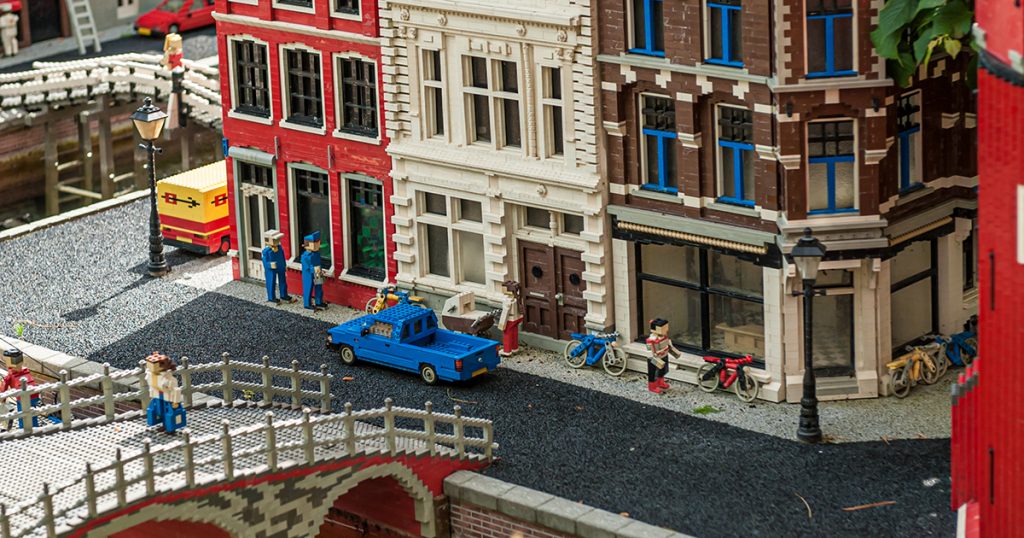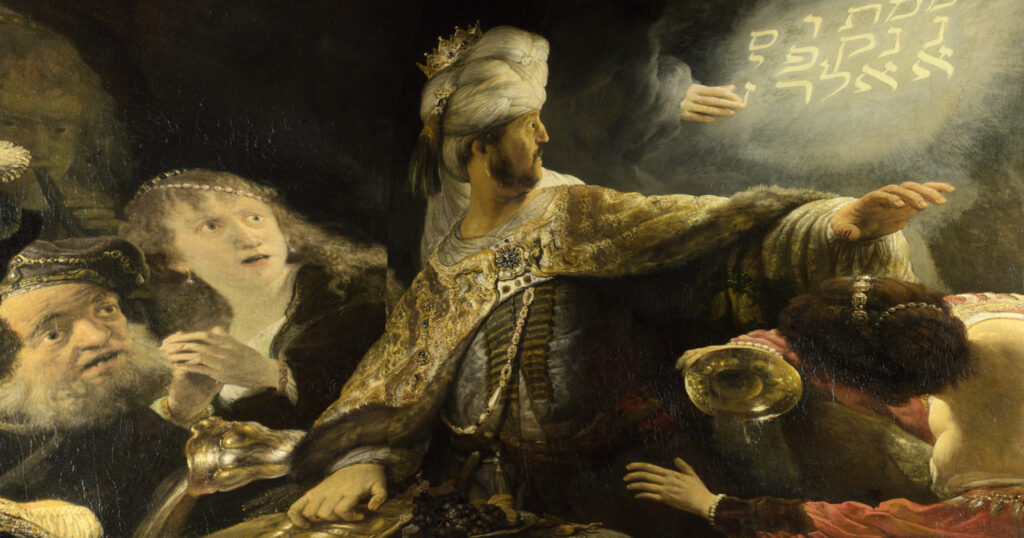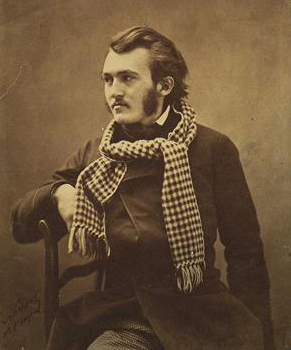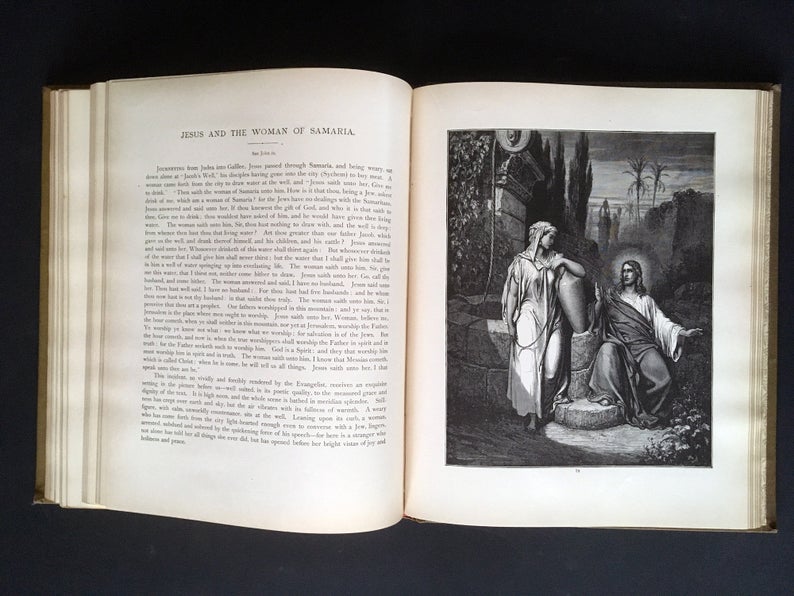It came as no surprise to me that the small conference room was already packed ten minutes before “Recent Collaborations, Experiments, And Preservation From The Google Cultural Institute” was set to begin. This was Museums and the Web 2018, and it has already been a big year for Google Arts and Culture in the museum world.
Back in January, less than a week after becoming a viral sensation, the Google Arts and Culture app was being heralded for helping museums “catch on” to tech, and keep up with modern trends” At the same time, more skeptical critics were raising privacy concerns, and accusing the app of “emphasizing a cultural problem”.
Needless to say, many in the museum world have a vested interest in Google’s work in the arts and culture space.
While the Google Arts and Culture race issue was certainly on my mind as I squeezed into my seat, there was another concern that I was contemplating, especially as someone whose job it is to help museums fulfill their missions online.
When Google’s digital archaeologist Chance Coughenour asked the room who hadn’t heard of Google Arts and Culture, only a couple of people raised their hands.
“Well, hopefully, I’ll convince you,” he said.
I heard someone behind me mutter, “Convince us of what?”
And that’s what I wondered, too. As Mr. Coughenour demonstrated over the next 45 minutes, Google offers incredible free tools to any museum who wants to share their collections online. The selfie app, which matches your image to a portrait in a museum, is really just the tip of the iceberg. Museums can use Google’s toolset to tell rich stories about their objects using deep zooming, annotations, long-form storytelling, 360-degree gallery views, and more. Your objects can be displayed in online exhibitions alongside works from other cultural institutions from around the world.
It all sounds very altruistic, and in line with Google’s mission to democratize access to art and culture. And to that end, since sharing your museum’s collections is a mission-critical goal for you as well as Google, I can certainly understand the appeal of partnering with Google.
But let’s take a moment to consider some other facts.
First, the Google Cultural Institute is a non-profit initiative. For that reason, you won’t find ads placed next to your objects, and Google isn’t making money off of your collections–at least, not on that platform.
Earlier this year, Google’s parent company Alphabet reported soaring ad revenue, with “mobile search [leading] Alphabet’s strong growth.” What does that have to do with your museum’s collections? One of the new features we saw demonstrated at MW18 was Google search integration. This means, for some objects, you can search for art in your Google app and almost immediately begin engaging with a high-resolution image, courtesy of Google Arts and Culture.
But I noticed something else. When I searched “starry night van gogh” on my phone’s Google app, I was served two sponsored links to buy Starry Night prints at the top of my search results. That itself isn’t outside the norms of Google’s ad model. Just below the ads is the content I was searching for: a nice, full-width image of Van Gogh’s masterpiece. There’s just one little catch. While the caption of the image gives credit to the rightful home of the painting, tapping on the image will actually bring you to the Google Arts and Culture app, not MoMA’s website.
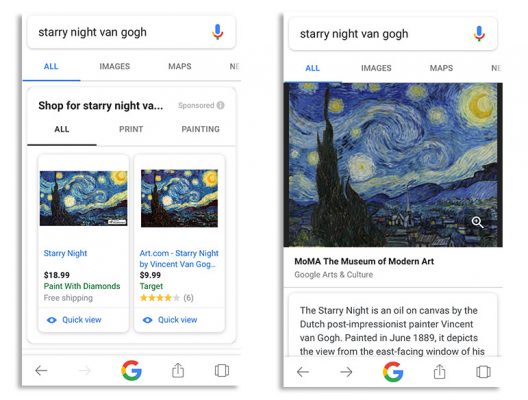
And that’s the other issue I have with Google Arts and Culture. Submitting your collections to Google may indeed help you fulfill your museum’s mission, but it may also cost you an opportunity to support your museum’s margin. I could argue that you are competing with Google for ownership of your objects, but you are definitely competing with them for attention and web traffic.
Today’s museum website is not just a brochure for potential visitors. It is also a place to establish your brand, tell rich stories, and yes, raise funds to keep your doors open. Google Arts and Culture offers a shortcut to rich storytelling, but it also denies you an opportunity to come up with creative solutions to engage a new generation of donors on your own platform.
As my colleague Eric Holter has written before, current technological breakthroughs are making it easier and more affordable than ever to illuminate your institution’s hidden treasures. Further, by creating engaging web projects like de Young’s Teotihuacan: City of Water, City of Fire digital story, or Hammer’s Take It or Leave It: Institution, Image, Ideology digital archive, on your own website, you are also giving visitors a chance to buy tickets or make a donation.
At the end of the day, it’s up to your museum’s leadership to decide if partnering with Google will ultimately help or hurt your museum’s goals. But from where I sit, snugly crammed in a row of conference-room chairs, saving your best content for your own website is worth the investment.



